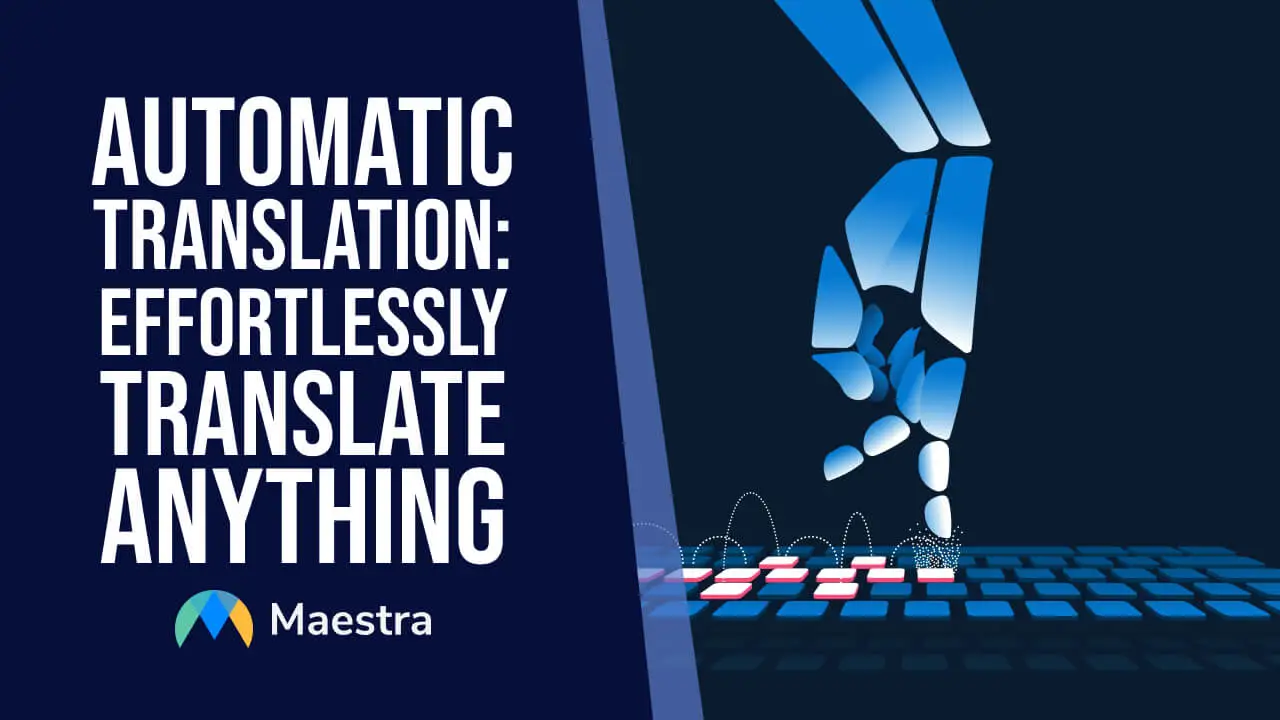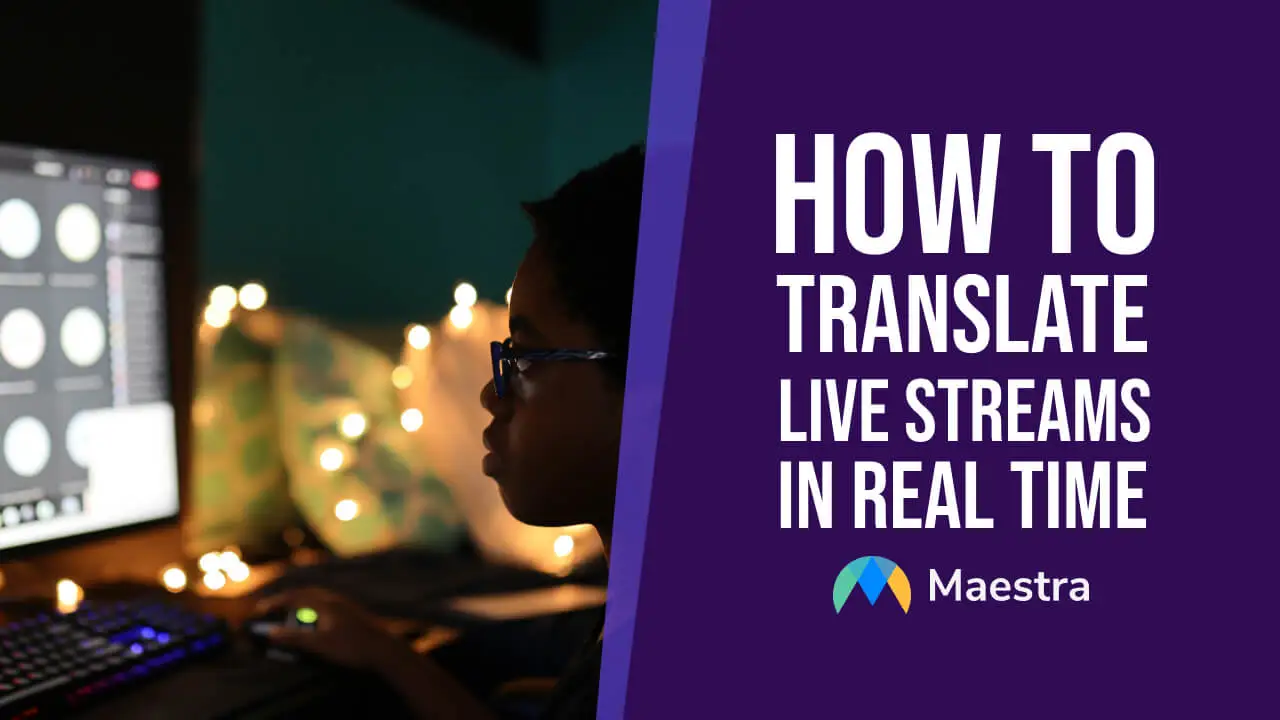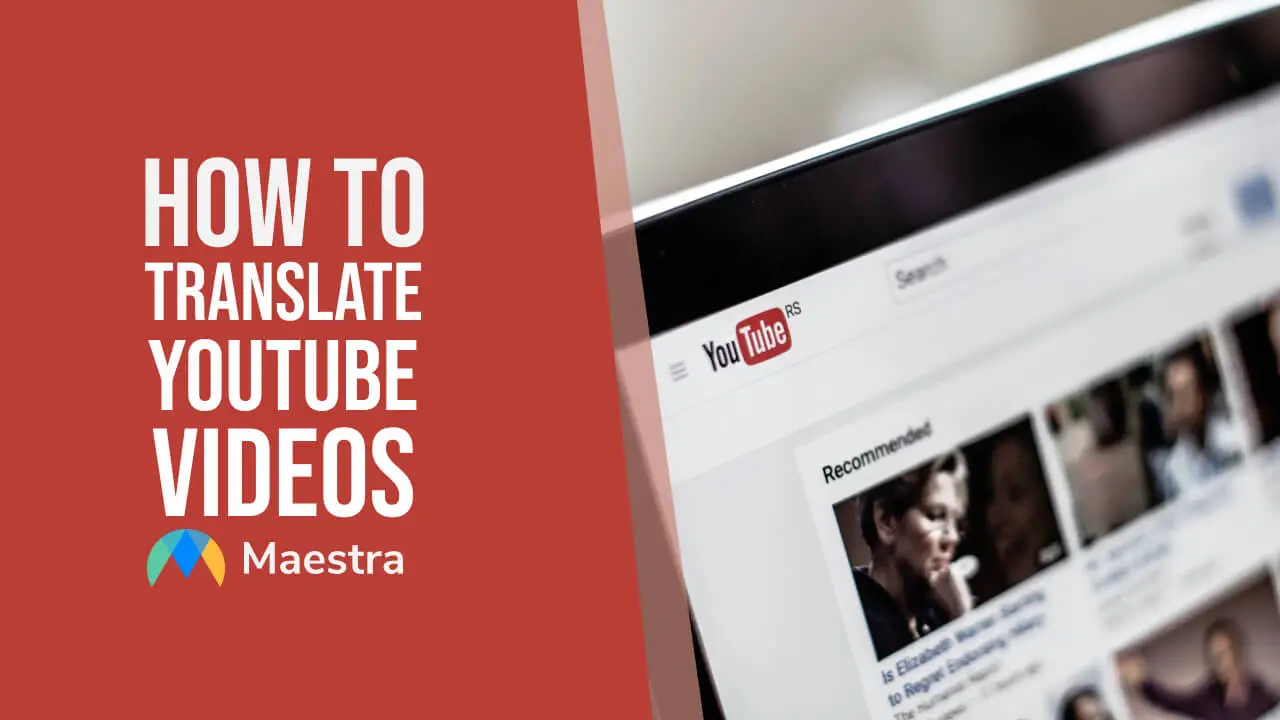Automatic Translation - Utilizing AI Localization

Imagine a world where language barriers dissolve in seconds, where the intricacies of one tongue morph seamlessly into another, no matter how complex the conversation. This is no longer a dream but a growing reality shaped by the relentless march of artificial intelligence.
Automatic translation, once clunky and imprecise, is now a sophisticated ally in the quest for global communication, cutting down manual labor to a mere whisper of its former self. Though perfection eludes us, the path to fluency is shorter than ever.
What is Automatic Translation?

Automatic translation refers to the use of software to translate text or speech from one language to another without human involvement. Powered by sophisticated algorithms, machine learning models, and natural language processing, it delivers rapid and efficient language conversion. However, accuracy depends on factors like language complexity, context, and idiomatic expressions.
Automated Translation with AI
How AI Shapes Automatic Translation
Artificial intelligence has revolutionized automatic translation through advancements in machine learning and neural networks. These technologies improve translation accuracy by grasping contextual meanings, cultural nuances, and idiomatic expressions. With AI's continual evolution, translation tools are becoming more reliable, bridging language gaps across industries and regions.
Automatic Translation vs. Human Translation

In the bustling landscape of translation, a quiet rivalry persists. On one side stands the efficiency of automatic translation—a tireless, omnipresent worker that churns out results in seconds. Its strengths lie in speed and accessibility, making it the go-to choice for instant solutions or massive projects. But with such speed comes compromise. Context slips through the cracks; idioms lose their charm. There’s a robotic coldness to its delivery, a hint that the soul of the language is still missing.
Human translation, by contrast, is a careful art. It doesn’t rush; it absorbs the essence of a phrase, reinterpreting it with cultural nuance and precision. The outcome is more than a mere conversion—it’s an adaptation, a bridge that respects both sides. But this artistry comes at a price: time, money, and the limits of human capacity. Each method has its champions, but their coexistence suggests a deeper truth: neither can fully replace the other.
How AI is Used in Automatic Translation
Artificial intelligence has transformed automatic translation into a dynamic and multifaceted tool, capable of breaking language barriers with remarkable precision and adaptability. It’s no longer just about converting words from one language to another; AI now powers systems that understand context, detect subtle nuances, and adapt communication across various mediums.
One of the most exciting advancements is AI-powered dubbing, which allows spoken content to be translated into other languages while maintaining the tone, emotion, and cadence of the original speaker. This technology makes international media more accessible, enabling films, videos, and educational content to reach global audiences effortlessly. AI subtitling further complements this, creating accurate and synchronized subtitles that go beyond mere transcription, ensuring cultural relevance and contextual appropriateness.
Voice cloning is another groundbreaking application, allowing AI to replicate a person’s voice for translation purposes. Imagine delivering a presentation in a foreign language where your voice is retained, giving audiences a more personal and authentic experience. Combined with speech recognition technology, which converts spoken language into text with remarkable accuracy, these tools create a seamless pipeline for real-time translation in live conversations, webinars, and meetings.
AI also plays a vital role in localization, adapting content not just linguistically but culturally. It ensures that translated material aligns with the audience’s preferences, societal norms, and idiomatic expressions, making it feel native rather than foreign. Whether it’s for marketing campaigns, e-learning modules, or user interfaces, AI localization bridges cultural divides, ensuring a cohesive global presence for businesses.
Use AI to Translate
From transforming audio and video content to refining cultural nuances in text, AI is the engine propelling automatic translation into new dimensions. Its integration into daily communication and global collaboration is setting the stage for a world where language differences are no longer obstacles but opportunities for deeper connection.
Why Automatic Translation is a Game-Changer

The modern world thrives on connectivity, and language should no longer be a barrier to global interaction. Automatic translation bridges this gap with unparalleled speed, efficiency, and accessibility. Whether you’re a business expanding to new markets or an individual exploring different cultures, the power of AI-driven translation makes multilingual communication effortless. From instant results to seamless integrations, automatic translation is redefining how we connect and collaborate across the globe.
- Speed and Scalability: Delivers instant results, even for large text volumes or multiple languages simultaneously.
- Cost-effectiveness: Many automatic translation tools are free or much cheaper than hiring human translators.
- Convenience: It's available 24/7, making it accessible anytime, anywhere.
- Scalability: It can handle multiple languages simultaneously, making it highly efficient for global applications.
- Integration: Automatic translation can be easily integrated into websites, apps, and other platforms for real-time translations.
List of Notable Automatic Translation Apps
The rise of automatic translation has brought an impressive array of tools designed to meet the diverse needs of users. Whether you’re seeking broad language support, integration with your favorite platforms, or specialized solutions for nuanced translations, there’s an app for you. Let’s explore some of the standout tools that are shaping the landscape of multilingual communication, each offering unique features to make global interaction more accessible than ever.
- Google Translate: One of the most widely used, offering support for over 100 languages, live translationof text, voice, and even images.
- Microsoft Translator: Known for its smooth integration with Microsoft products, it supports text, speech, and conversation translation across multiple languages.
- DeepL: Famous for its superior quality in handling complex sentences and nuances, DeepL is often preferred for more accurate and natural-sounding translations.
- Maestra AI: A versatile app that provides video translation in 125+ languages, using AI voiceovers, subtitles and voice cloning.
- Papago: Particularly strong for Asian languages like Korean, Chinese, and Japanese, it offers text and voice translations with a focus on high accuracy for these languages.
FAQ
What is the meaning of automatic translation?
Automatic translation refers to the use of software or machines to translate text or speech from one language to another without human intervention.
What is the automated translation process?
The automated translation process involves using algorithms and AI models, such as neural networks, to analyze and convert content from one language to another based on language patterns and data.
Is there an automatic language translator?
Yes, there are many automatic language translators, such as Google Translate, Maestra AI, and DeepL, which provide instant translations between multiple languages.
What is the best automatic translator?
Google Translate is widely used for its extensive language support, while Maestra AI is used for video translations & localizations using AI technology.
How to do automatic translation?
You can translate simple text by using Google Translate. For video or audio translation, try using an AI-powered platform such as Maestra to ensure an accurate and effortless machine translation experience.


